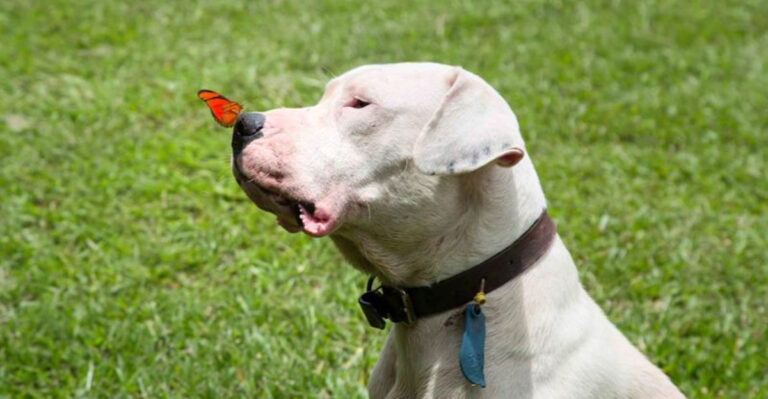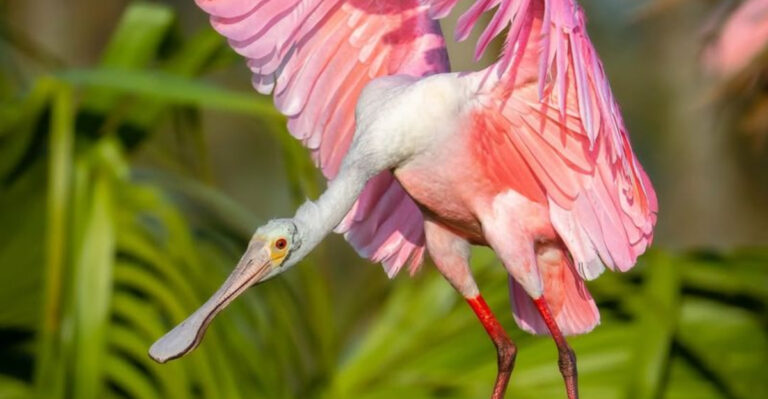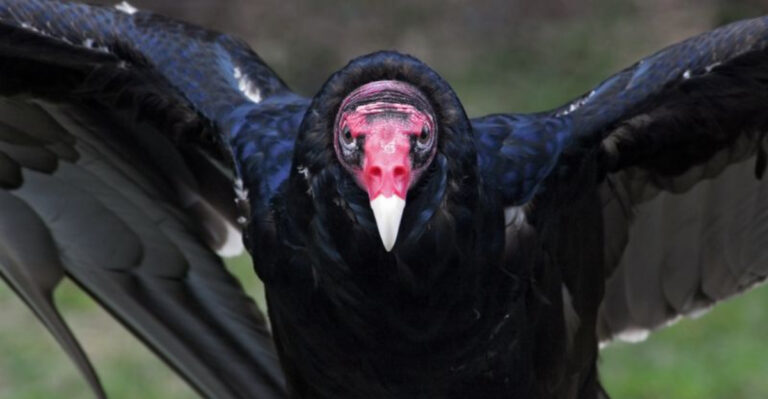How The Peregrine Falcon Dominates The Skies At 240 Miles Per Hour
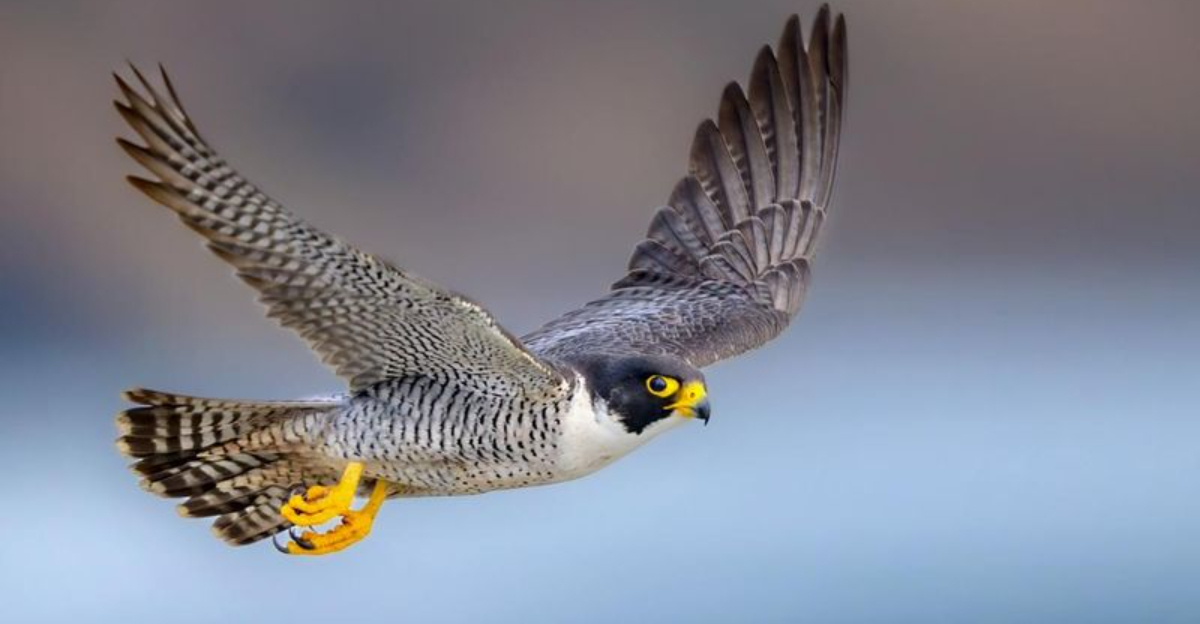
Zooming through the atmosphere faster than a Formula 1 race car, the peregrine falcon has earned its reputation as the speed demon of the animal kingdom.
These aerial hunters have evolved remarkable adaptations that allow them to reach mind-boggling velocities during hunting dives. Let’s explore the incredible features that make these birds the undisputed champions of the sky.
Built For Speed
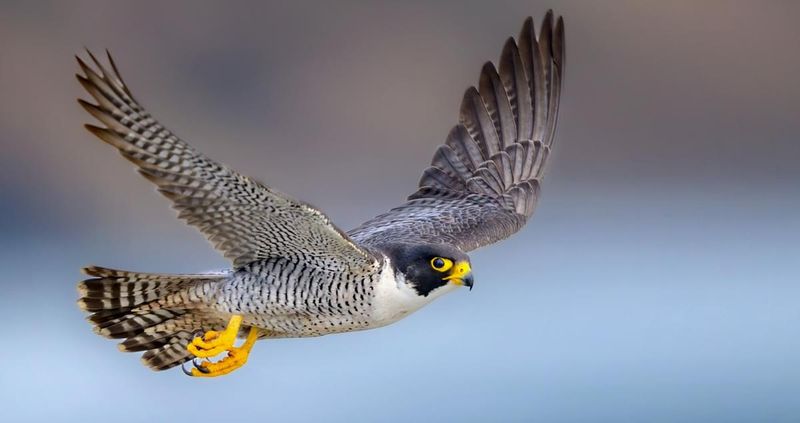
Streamlined bodies with teardrop shapes minimize air resistance during high-speed dives. The falcon’s rigid, compact frame and stiff feathers prevent turbulence that would slow other birds.
Special notches in their nostrils control airflow at extreme speeds, preventing lung damage. Without these adaptations, diving at such velocities would literally tear apart a regular bird!
Dive-bombing Technique
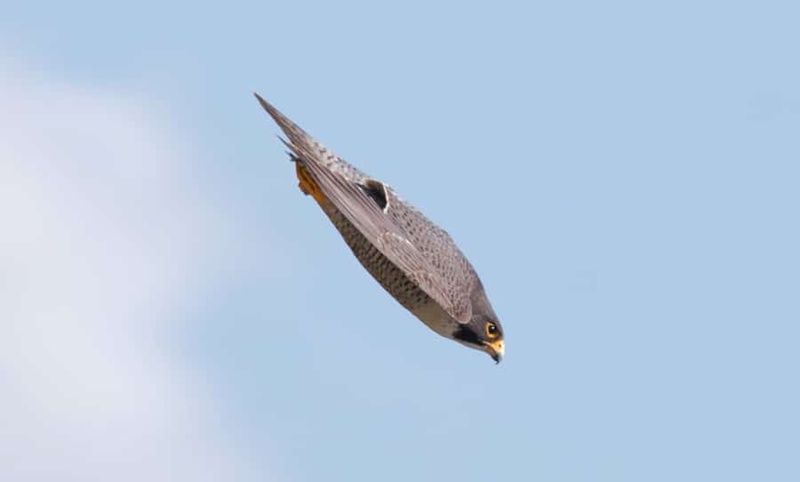
When hunting, peregrines climb to dizzying heights before folding their wings and plummeting toward prey. This hunting maneuver, called a stoop, transforms them into living missiles.
During these dives, they tuck their feet alongside their tail and position their head to navigate with laser precision. The impact force when striking prey can exceed 25 times the force of gravity!
Vision That Outperforms Binoculars
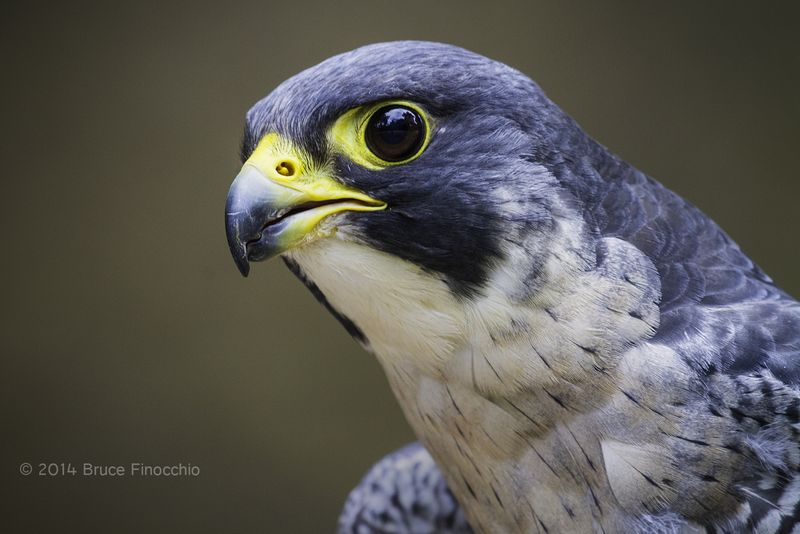
Falcon eyes contain one million light-sensing cells per square millimeter – five times more than humans. This density allows them to spot prey from over a mile away.
Their visual processing happens so quickly that they can track a moving target while diving at top speed. Imagine reading a newspaper headline while zooming past on a motorcycle – that’s the equivalent of what these birds can do!
Breathing At Breakneck Speeds
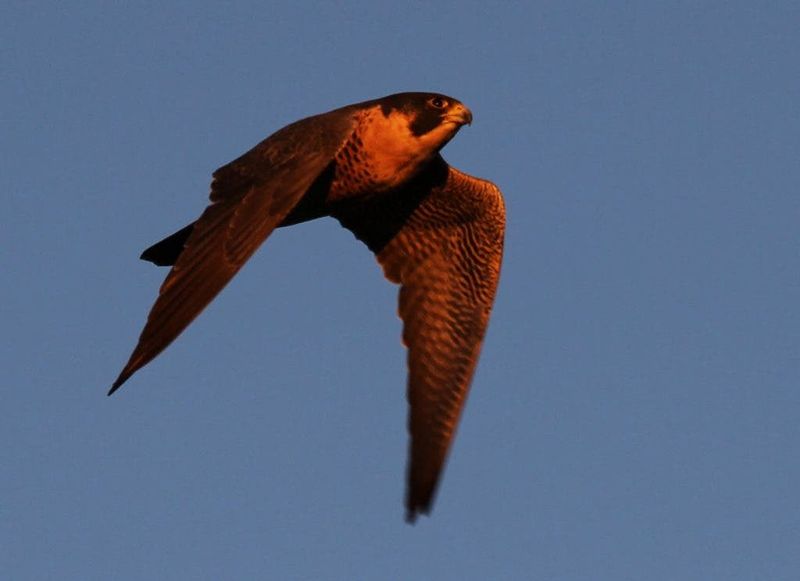
Special bony tubercles in their nostrils redirect airflow during dives, preventing their lungs from rupturing. These natural baffles work like tiny air brakes, controlling the pressure.
Without this adaptation, air would rush into their respiratory system at deadly force. Evolution has essentially given peregrines built-in breathing apparatus that would make human engineers jealous!
Killer Impact
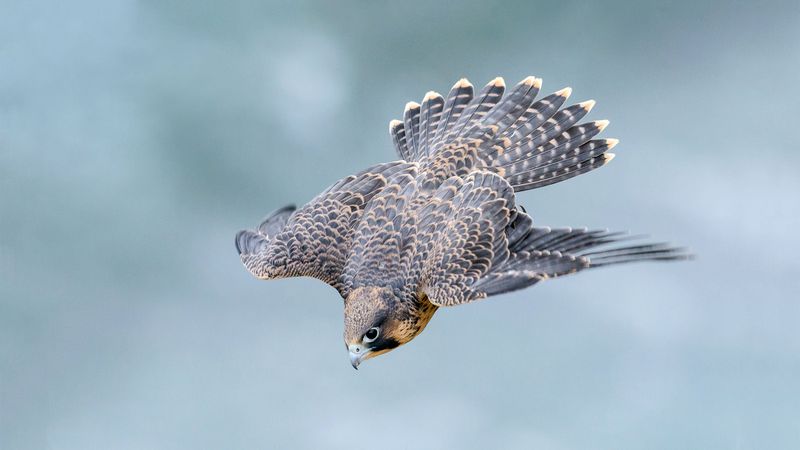
Rather than using talons like other raptors, peregrines strike prey with a closed foot formed into a fist-like weapon. This specialized hunting technique is called the “falcon punch.”
The impact occurs so quickly that prey animals have no time to react. The force of the blow – delivered at speeds up to 240 mph – can instantly snap a bird’s neck or spine.
Brain Built For G-Forces
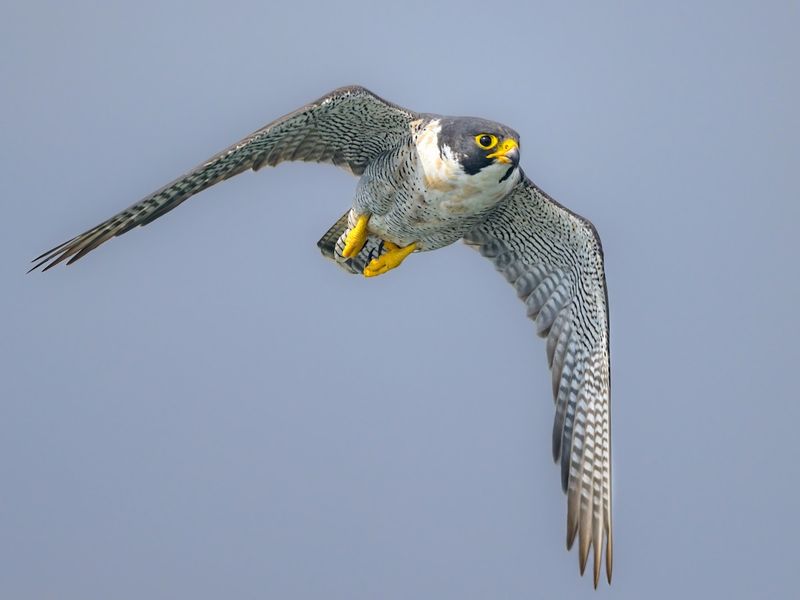
Fighter pilots black out at 9G, but peregrines handle 25G routinely during hunting dives. Their specialized cardiovascular system prevents blood from pooling away from the brain.
Extra cerebrospinal fluid cushions their brain against impact forces. If humans tried diving at similar speeds, we’d lose consciousness instantly – yet these birds make it look effortless!
Wing Transformation Mid-Flight
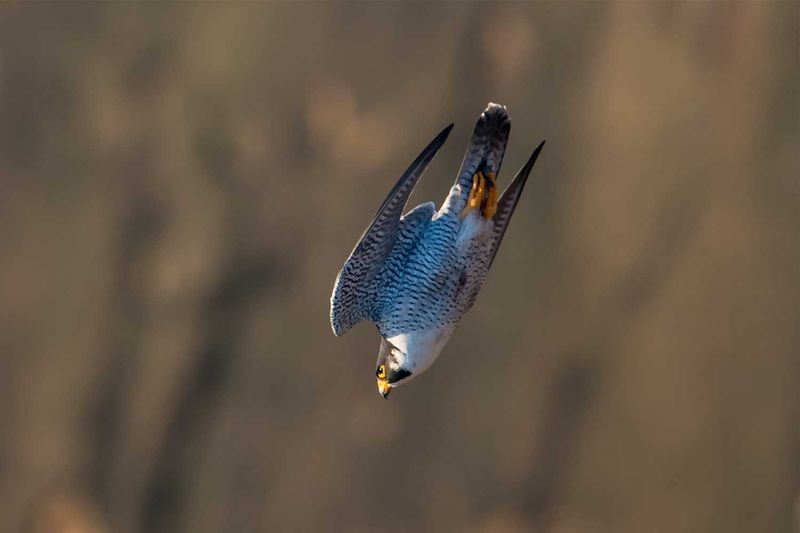
During normal flight, peregrines have broad wings for soaring. When diving, they dramatically alter their wing shape, tucking them close to create a teardrop silhouette.
Small feathers at the wrist joints act as stabilizers, similar to the winglets on modern aircraft. This shape-shifting ability allows them to switch between cruising mode and attack mode in seconds!
Global Speed Champions
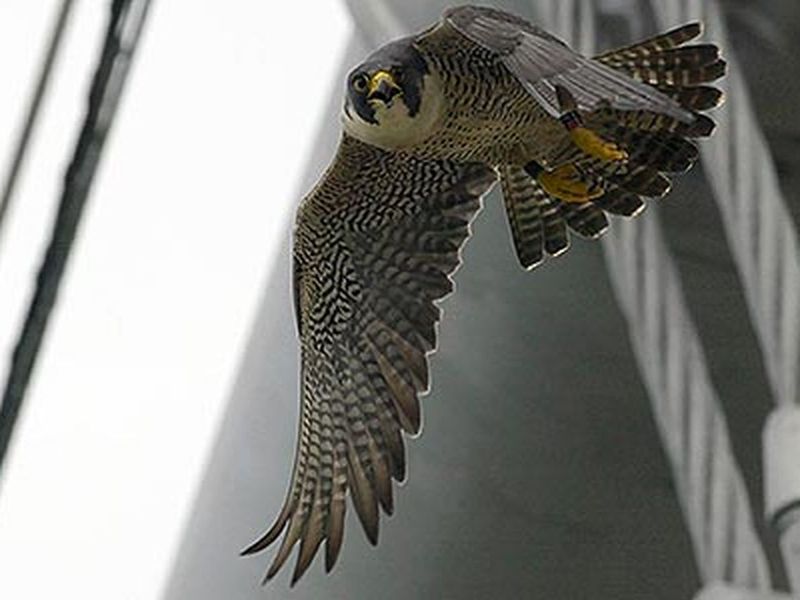
Found on every continent except Antarctica, peregrines have adapted to diverse habitats while maintaining their speed superiority. Urban peregrines use skyscrapers as hunting perches, mimicking cliff habitats.
Their hunting success rate exceeds 90% in some populations. The combination of speed and precision makes them nature’s most efficient aerial predators across vastly different environments.
Comeback From The Brink
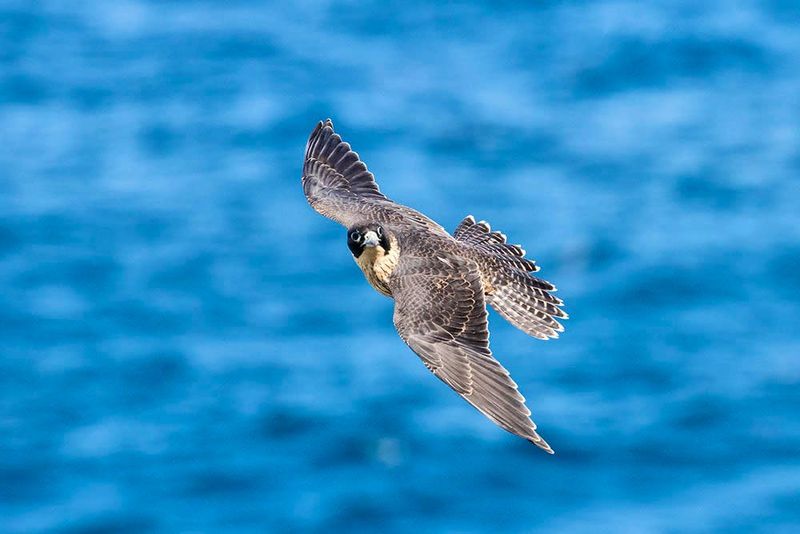
DDT pesticides nearly wiped out North American peregrines in the 1960s, reducing their population by over 90%. The chemicals caused their eggshells to thin and break before hatching.
After DDT bans and intensive conservation efforts, including captive breeding programs, peregrines made a remarkable recovery. Their comeback story represents one of the greatest wildlife conservation successes in history!
Nature’s Fighter Jets
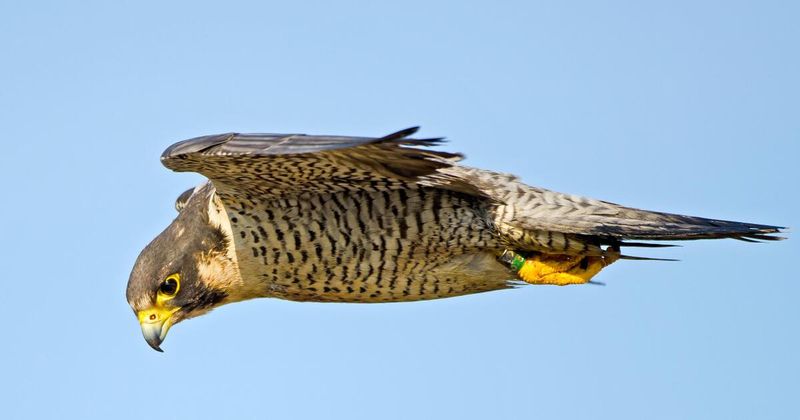
Air flows over a falcon’s wings creates the same principles that allow fighter jets to maneuver at high speeds. Engineers study peregrine aerodynamics to improve aircraft design.
During dives, they can adjust their trajectory with microscopic feather movements. This precision control system allows split-second course corrections that would be impossible for human-made machines without advanced computers!

